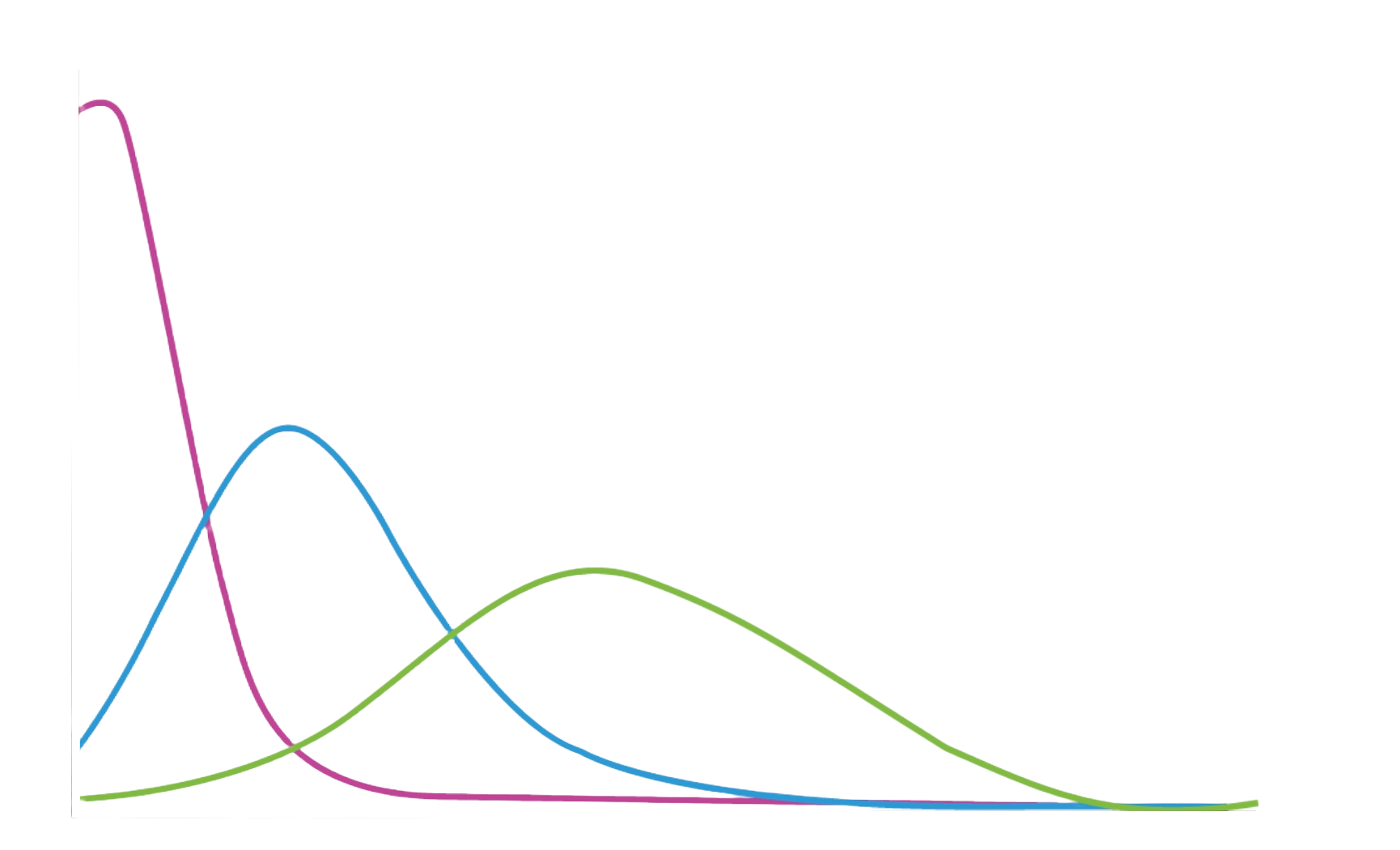Substantive content remains exclusively in the hands of clients. My role as a copy editor is limited to correcting grammar, spelling and punctuation and to adjusting language, formatting and organization to achieve clarity, conciseness and smooth flow. That is, SES offers traditional copyediting in direct support of authors, while retaining the “voice” of the original writer. I seek to promote efficient communication, which is crucial to success in sharing your research results.
Substantive Errors
While any apparent errors of fact, logic or calculation will be brought to the attention of clients, it is beyond my expertise to make changes without consultation. These problems are treated in queries to the author and subsequent collaboration to resolve them.
Plagiarism
I do not check manuscripts for plagiarism. My working assumption is that manuscripts submitted to SES represent honest original work with all borrowed ideas and language properly acknowledged. If authors are concerned, they should do their own checks and make appropriate adjustments. (Services for plagiarism checks include iThenticate, Grammarly and TurnItIn.)
Machine Assisted Editing
Although I use standard word processing software to edit manuscripts, I do not rely on software to identify problems or to suggest corrections. Careful application of human intelligence to written communication is still superior to language software that currently exists. Clients might use such software (including Artificial Intelligence) to improve quality of manuscripts before submission, but I rely on traditional human language skills to polish them for maximum clarity and conciseness.
Personalized Service
As a “concierge” professional service, I am nimble and flexible in meeting the needs of clients. I collaborate with authors to design a plan of work suitable to their circumstances and objectives. For further details on my work process and prices, look under menu item: SES–Process.

